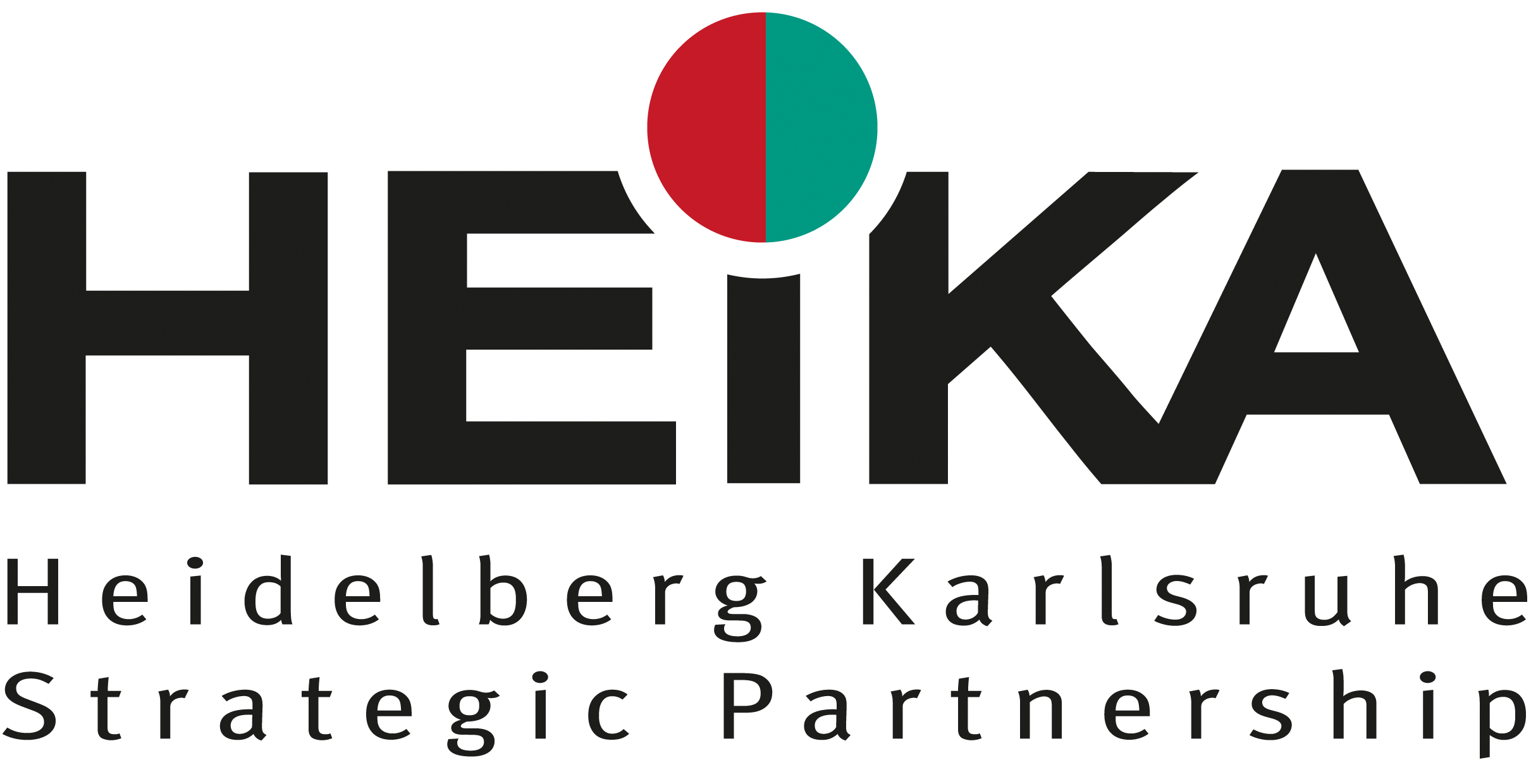What is Dark Matter made of? The Large Hadron Collider (LHC) at CERN provides a unique laboratory environment to address this key science question. In this project, we have laid groundwork for a novel method to analyze and interpret LHC data in the quest for Dark Matter. The LHC has, over the past few years, shown spectacular performance and has produced unprecedented large data samples of high-energy proton-proton collisions. The large multi-purpose experiments conducted by the ATLAS and CMS collaborations have searched through this data to find any hint of the production of Dark Matter candidate particles. None have been found and therefore many prominent physics models with predictions for Dark Matter candidates can be ruled out. The ATLAS and CMS collaborations have published these results independently.
This HEiKA project has explored the possibility to combine results of the ATLAS and CMS data samples. The immediate benefit of this is that the size of the data sample is effectively doubled. However, the ATLAS and CMS detectors are very different, with different efficiencies and acceptances for a given type of events. In order to combine the data from the two detectors, the ATLAS group at Heidelberg University and the CMS group at KIT first unfolded the data to correct for all detector effects. For this study, both groups selected collision events with large missing transverse energy (which is the experimental signature for a Dark Matter particle leaving the detector) and energetic jets. One of the major challenges we faced was how to present the systematic uncertainties in a consistent way between the two experiments and whether or not to treat these systematic uncertainties as correlated between the experiments.
The theory group at Heidelberg explored how experimental searches for Dark Matter could be better optimized. They specifically focused on the challenging signature of Higgs boson decays to invisible particles. In close collaboration with the experimental groups from Heidelberg and KIT, they studied multivariate methods to enhance the signal in this process. The ultimate goal is to incorporate the results from these detector-corrected experimental searches into the global Higgs-boson analysis framework, SFitter, which is developed in part by the theory group at Heidelberg.

